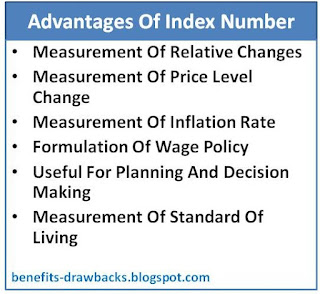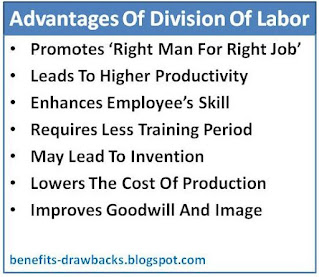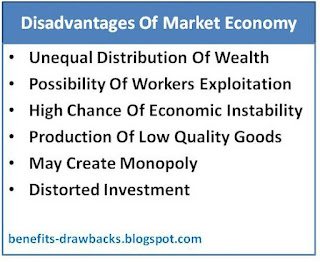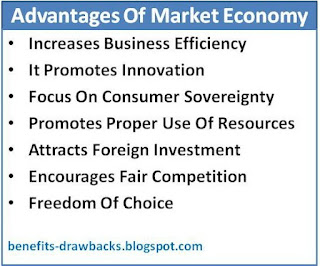Major limitations or disadvantages of index number can be expressed as follows:
1. Lack Of Accuracy
Index number lacks accuracy because it represents only the rough indication of relative changes in variables (i.e. price and quantity).
2. Difficult To Select Base Year
In this method, variables of current year are compared with the variables of base year. But it is very difficult to choose suitable base year while constructing index number.
3. Nor Suitable For Long Period
Index number is not suitable to compare the changes over long period of time.
Also Read:
Also Read:
4. Limited Use
Index numbers are constructed for the specific time and for certain objectives. They cannot be used for other purposes.
It is difficult to select price (wholesale price or retail price) while preparing index number.
6. No International Comparison
Because of different bases, different variables, it is not possible for international comparison.
















